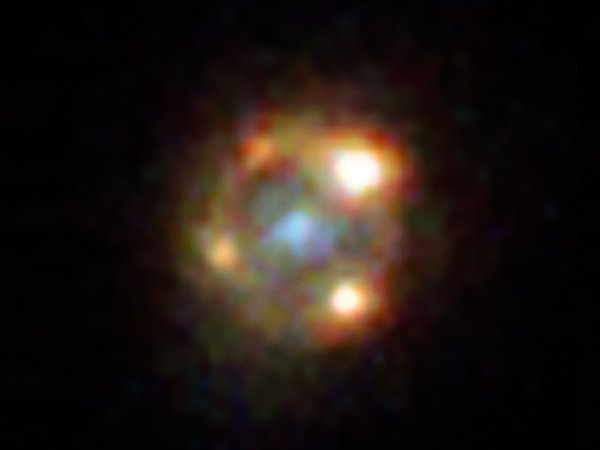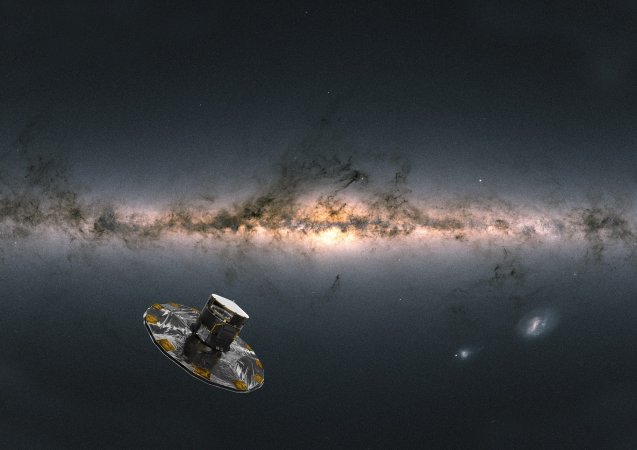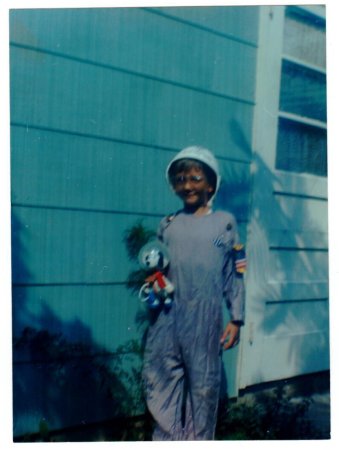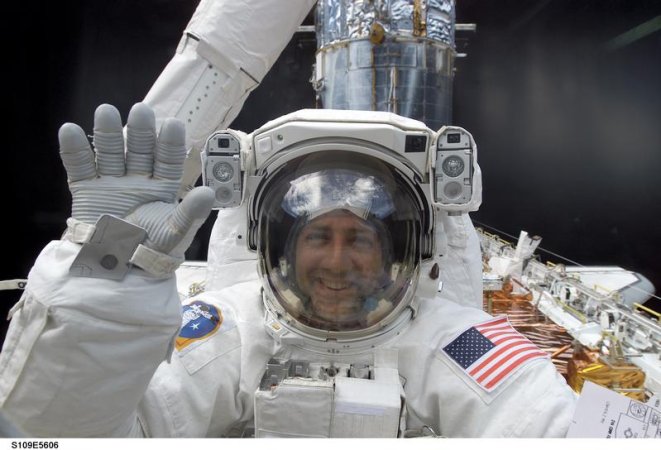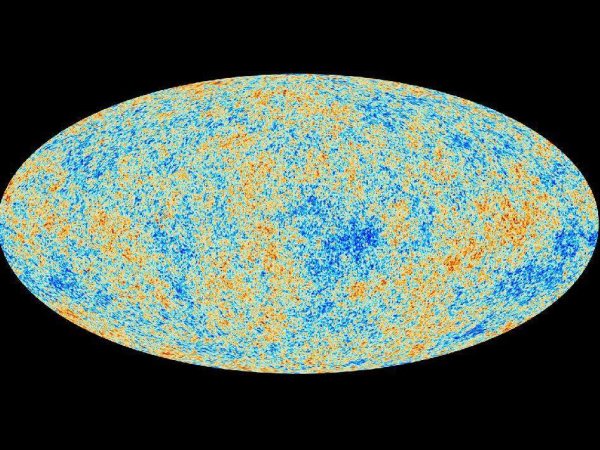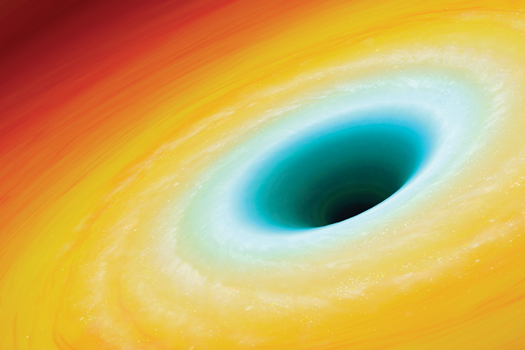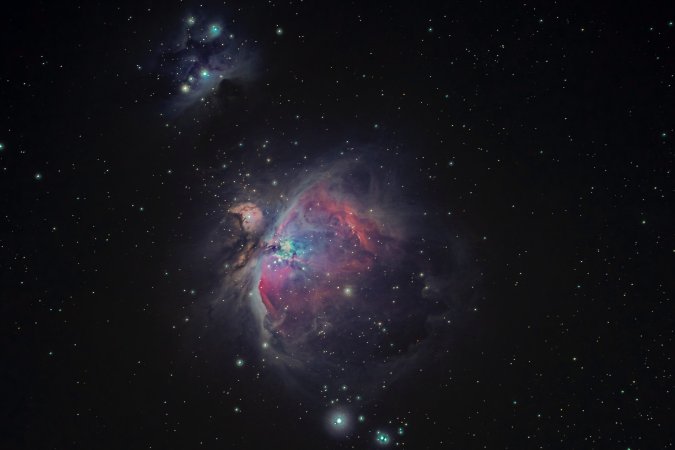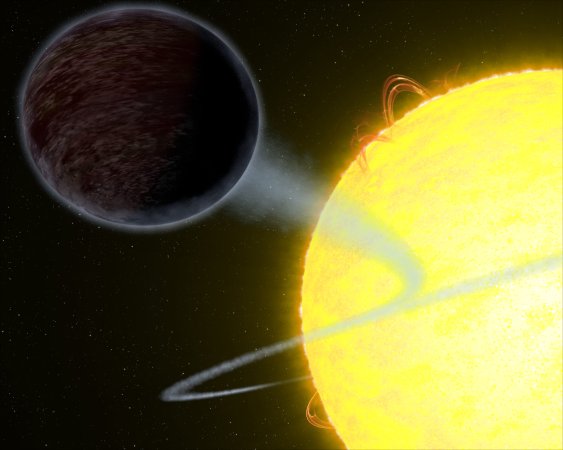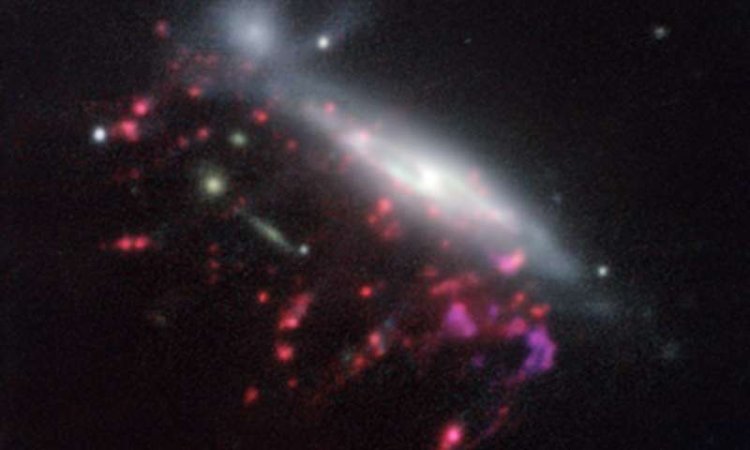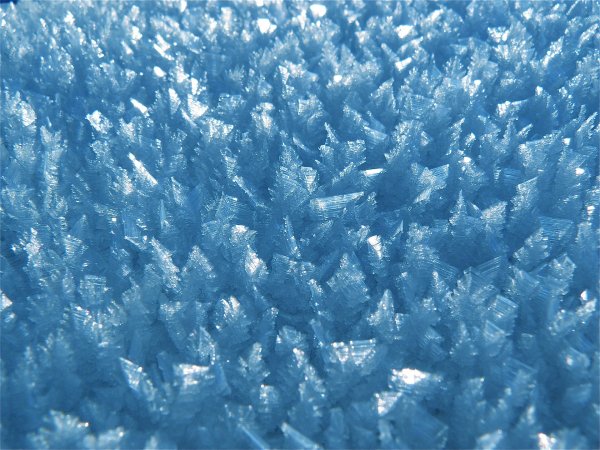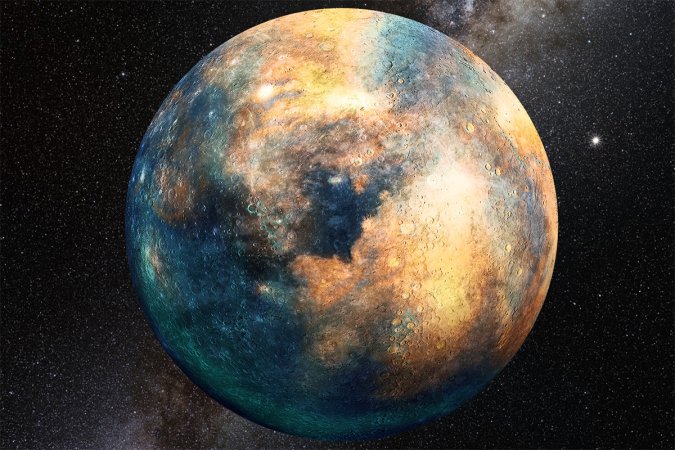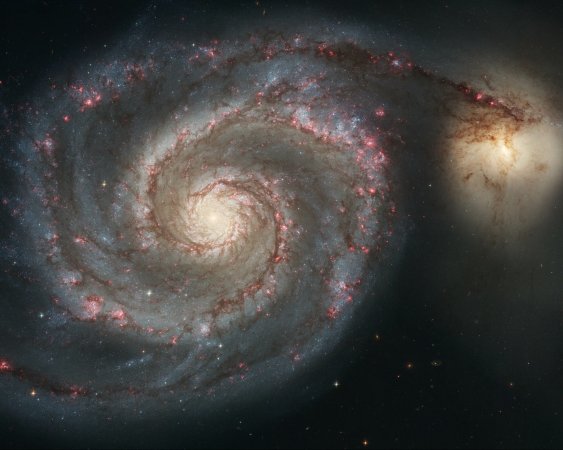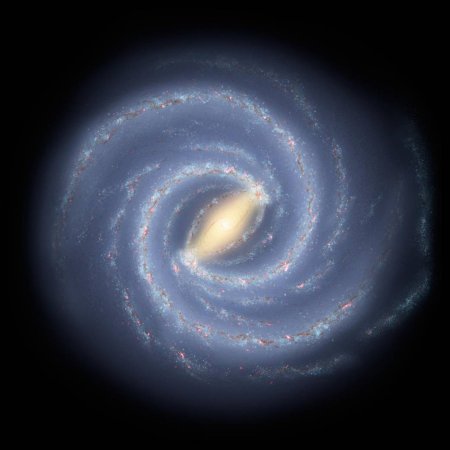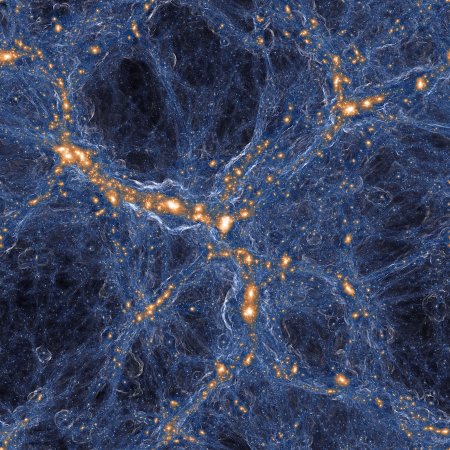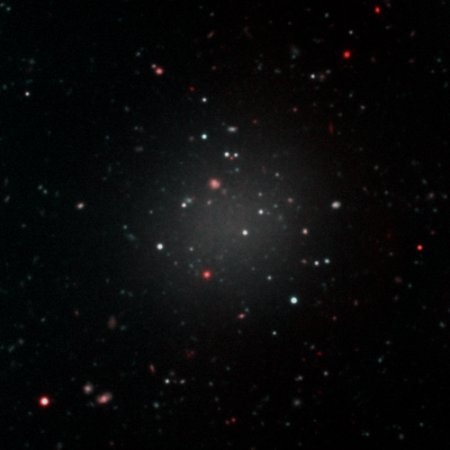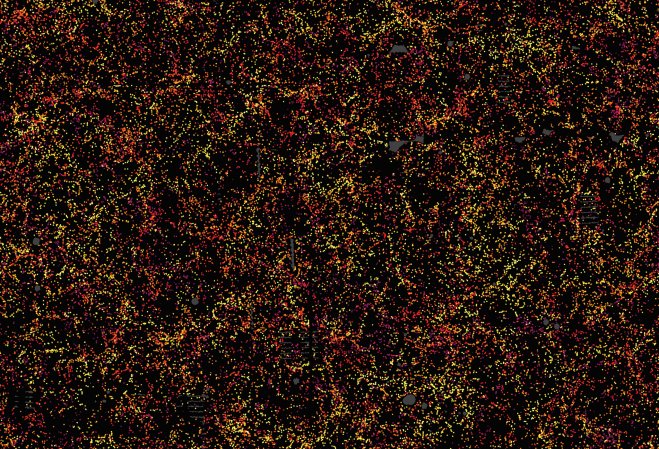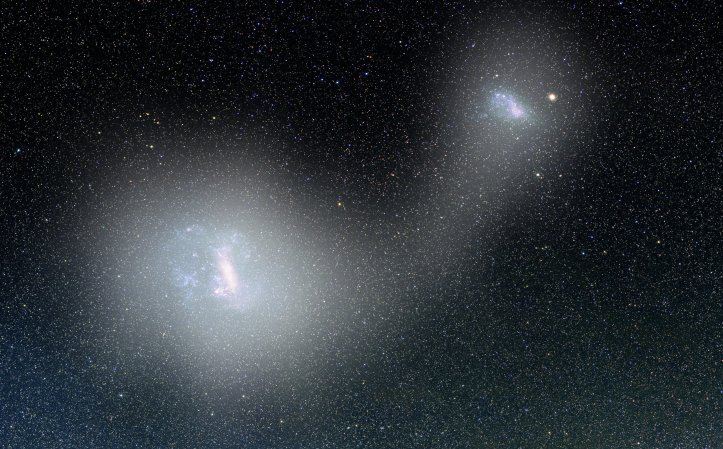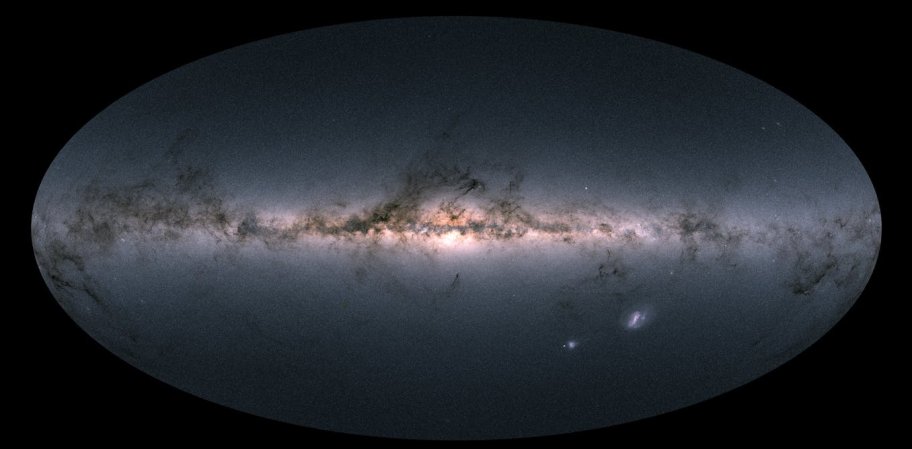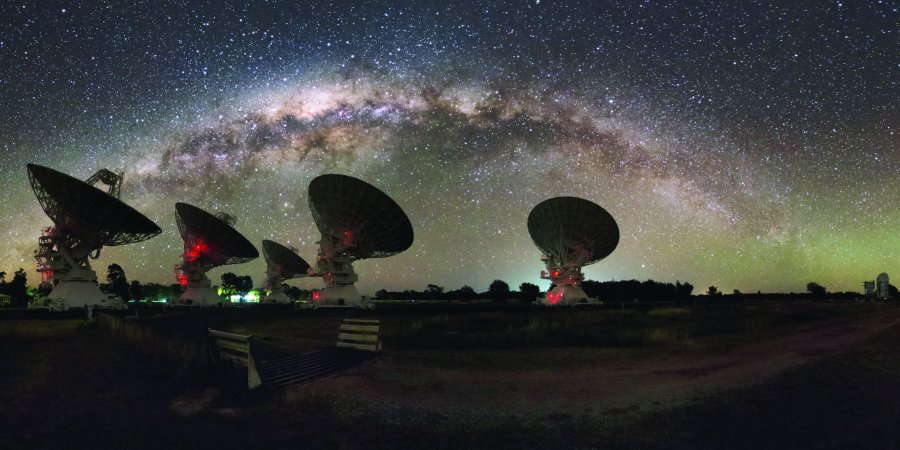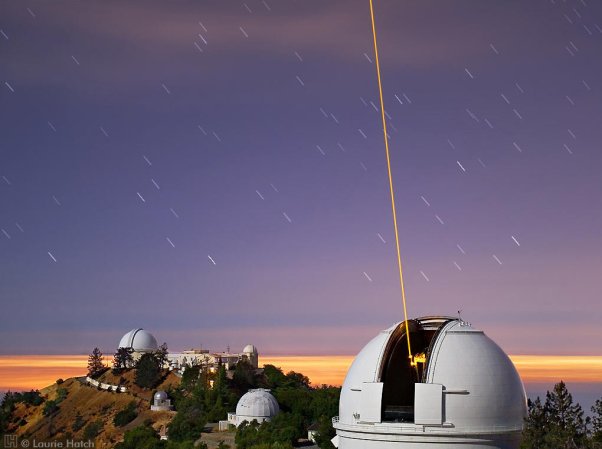

A European radio telescope array just reached a major milestone in its quest to paint a picture of the radio night sky—and you can explore highlights of this mind-blowing cosmic map for yourself.
A team of scientists working on the LOw Frequency ARray (LOFAR) radio telescope in Europe published an overview of a new, freely available data package that covers 27 percent of the Northern sky. The data will be useful for researchers studying everything from the evolution of galaxies, black holes, exoplanets, and certain types of stars. These researchers are also looking for non-experts to get involved–they need your help to spot the wonders of the cosmos in all of those images.
LOFAR senses radio waves, as opposed to optical light captured by telescopes such as NASA’s Hubble Space Telescope. LOFAR also targets lower-frequency light than most other radio telescopes. It will map the entire Northern sky with very good resolution, says Timothy Shimwell, an astronomer at ASTRON, the Netherlands Institute for Radio Astronomy, which operates the LOFAR telescope.
The map is already incredibly detailed. With more than 4 million radio sources, most of which are galaxies, this data release has “more radio sources in it than all other surveys of the entire sky combined,” says Joe Callingham, a radio astronomer at Leiden University who contributed to LOFAR and will use its data in his research.
The telescope is essentially a large antenna stretching across Europe, built from smaller antennas. The hardware of the telescope doesn’t look cutting edge. The setup that detects lower frequencies is literally “a stick in the ground with some wires coming off it,” says Shimwell. The machine that detects higher frequencies, meanwhile, is essentially “a big styrofoam box with, like, a bow-tie shaped antenna inside it.” These are both relatively inexpensive compared to building a set of huge radio dishes like many other telescopes.The real brains of LOFAR are in the processing that’s done afterwards, Shimwell says. “It’s almost like a software telescope.”
The team released this visualization that shows radio sources from the new sky maps as an interactive 3D map. To check it out, first click on the link–then be patient as it may take a few minutes to load–and it’ll bring up the map.
On the “ground” of the visualization you can see a circle of disembodied Earth where the main antennas based in the Netherlands are planted. The cones of bright spots represent the view of the telescope—the areas of the sky it has scanned already. The bright spots are mostly galaxies that the telescope has imaged.
You can rotate the view in any direction by holding down left-click and moving the mouse (or hit the “Toggle rotation” button in the top left of the screen to get a 360-degree view). You can also pan left, right, up, down by holding down right-click, and zoom in and out by scrolling to get a sense of what’s happening in our galactic neck of the woods. From certain angles, you can see how some regions are more or less dense with galaxies.
[Related: The ‘double-disk’ shape of the Milky Way could be common across galaxies]
Like the constellations you see when you look up at the night sky, LOFAR sees radio sources as a flat canvas. But the stars and galaxies spotted are actually spread out in three dimensions—two objects might appear to be close to each other in the sky while, in reality, one is much farther away. For example, the stars Betelgeuse and Bellatrix make up each shoulder in the constellation Orion, appear close together in the sky. But Betelgeuse is roughly twice as far away as Bellatrix is from Earth.
By combining the radio maps with data from another project, the LOFAR team could figure out how far away many of the radio sources in their dataset were. A team member used these measurements to make the distance of each bright spot correspond to its real distance in the cosmos.
“All of the data in that visualization is actually real,” Shimwell says. The radio sources aren’t all galaxies, but astronomers expect around 99.9 percent should be, Callingham says. Stars, unless they’re doing something strange, aren’t as bright as galaxies in radio frequencies, he says.
In 2019 the team published their first data release on 2 percent of the sky. They hope to complete the whole Northern sky in three or four years, Shimwell says.
With the enormous amount of data, scientists need people to help sort through images and train algorithms to sort through them better. You can join a citizen science project to help spot supermassive black holes and star forming galaxies in the images.
The new LOFAR dataset “is a really exciting and fantastic data product,” says Marin Anderson, an astronomer at NASA’s Jet Propulsion Laboratory and the Project Scientist for the Owens Valley Long Wavelength Array, a different radio observatory. The density of radio sources it has detected is more than eight times what other similar radio telescopes have been able to pick up, she says.
Anderson’s research focuses on radio signals that change over time—like those from stars and exoplanets.The low-frequency range of the telescope will assist that kind of research, because emissions from stars and exoplanets are also better seen in low-frequency radio, compared to the frequencies that most radio telescopes see. Anderson is also gratified to see the sharpness of images from LOFAR.
“When you look at an image from Hubble…it’s mind blowing,” Anderson says. But usually when you look at a radio image, even if there’s lots of science packed into it, it’s “just a fuzzy blob.” In these sharper images, radio astronomers finally have something equivalent.
Click here to explore the 3D map of these galaxies and stars.


